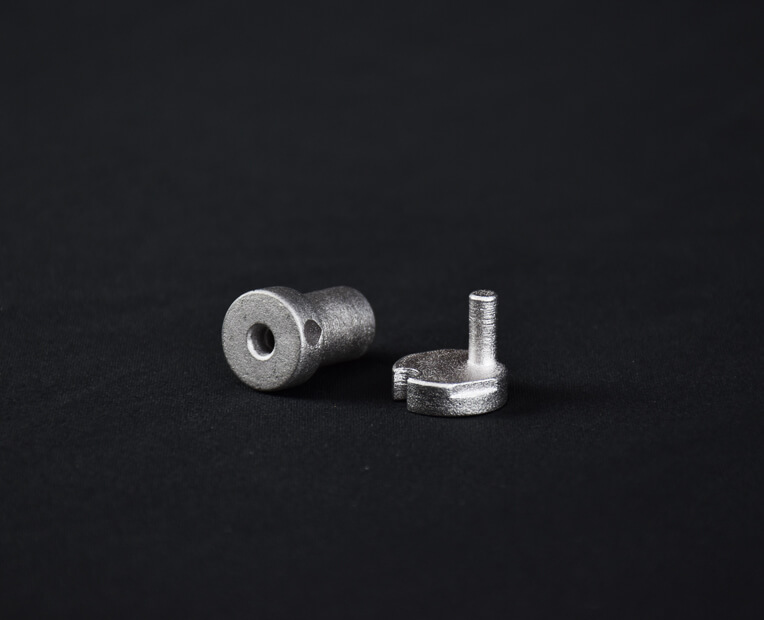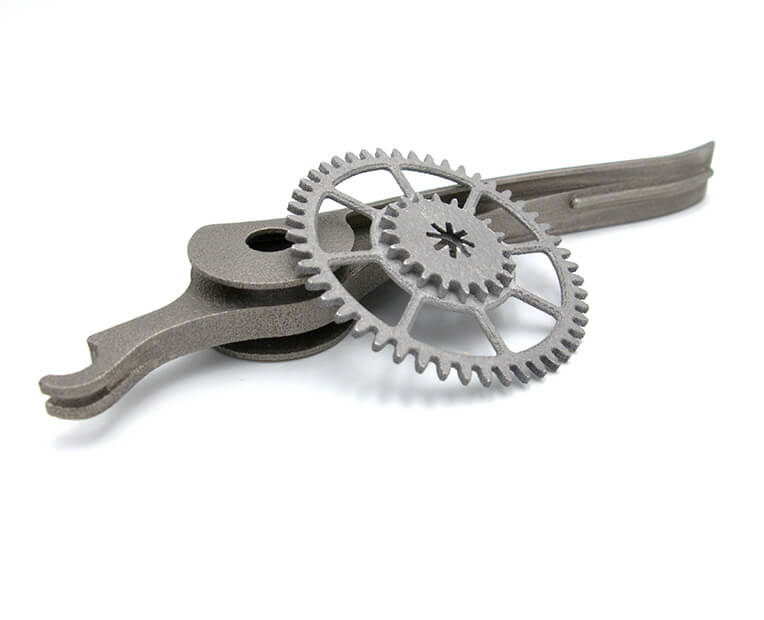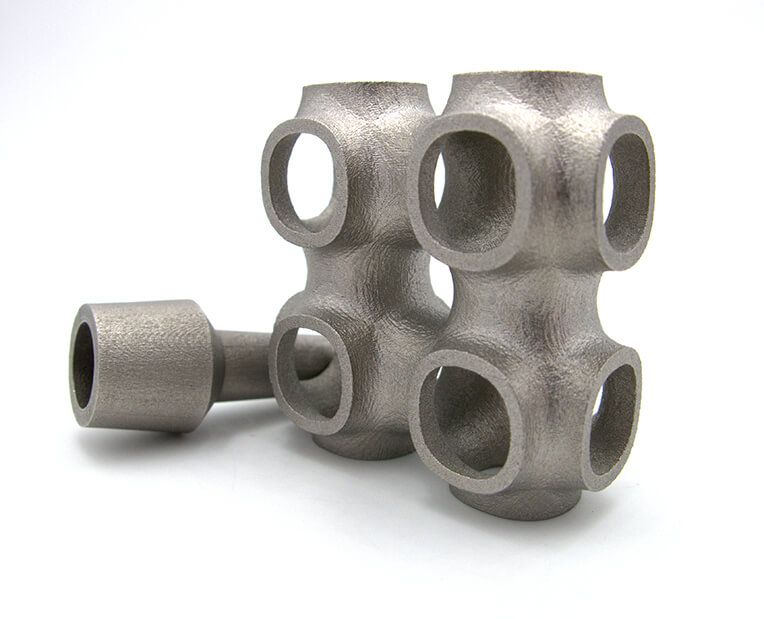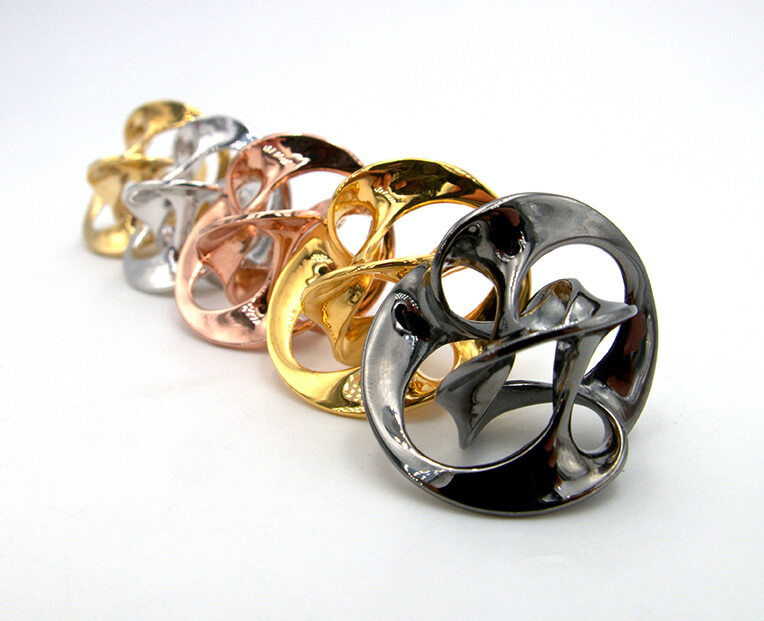Metal 3D printing can be a real advantage for numerous different industries, here is a selection of three sectors where this technology is quite interesting.
The weight of the components is the main issue in this industry. The use of lightweight components is essential for creating either an airplane or a rocket. Why? Because it takes a tremendous amount of energy and gasoline to manufacture just to lift those automobiles off the ground. The lighter the plane or rocket, the better.
A 3D-printed part’s weight can be reduced in a variety of ways. One is hollowing out the pieces, which is frequently not achievable using the conventional manufacturing process.
Another is to fill the components with latticework, which keeps the parts strong but light.
Complex geometries, which are necessary in this business and enable the engineers to create completely original design solutions, are another attribute that additive manufacturing provides.
Last advantage, however, it really applies to any industry, is the ultimate personalization. Metal 3D printing allows you to design customized tools, jigs, and fixtures. Some parts have to be unique, dedicated just to fix a specific problem.
Together with modern design approaches and lightweight components, the car sector also needs quick production. All stages of production in this industry can benefit from additive manufacturing.
By providing the engineering with fresh prototypes quickly, it can already enhance the functional prototyping process. Also, it is quick because all that is required to test a new feature is to add it to the 3D model and send it straight to production.
Jewelry is only one of the numerous industries where 3D printing promises less material waste and lower manufacturing costs. Only the material required to construct the part is fussed with since the pieces are being created layer by layer. Thanks to the ideal master model, 3D printing is also fantastic for creating molds.


 Connect with Google
Connect with Google Connect with Facebook
Connect with Facebook


